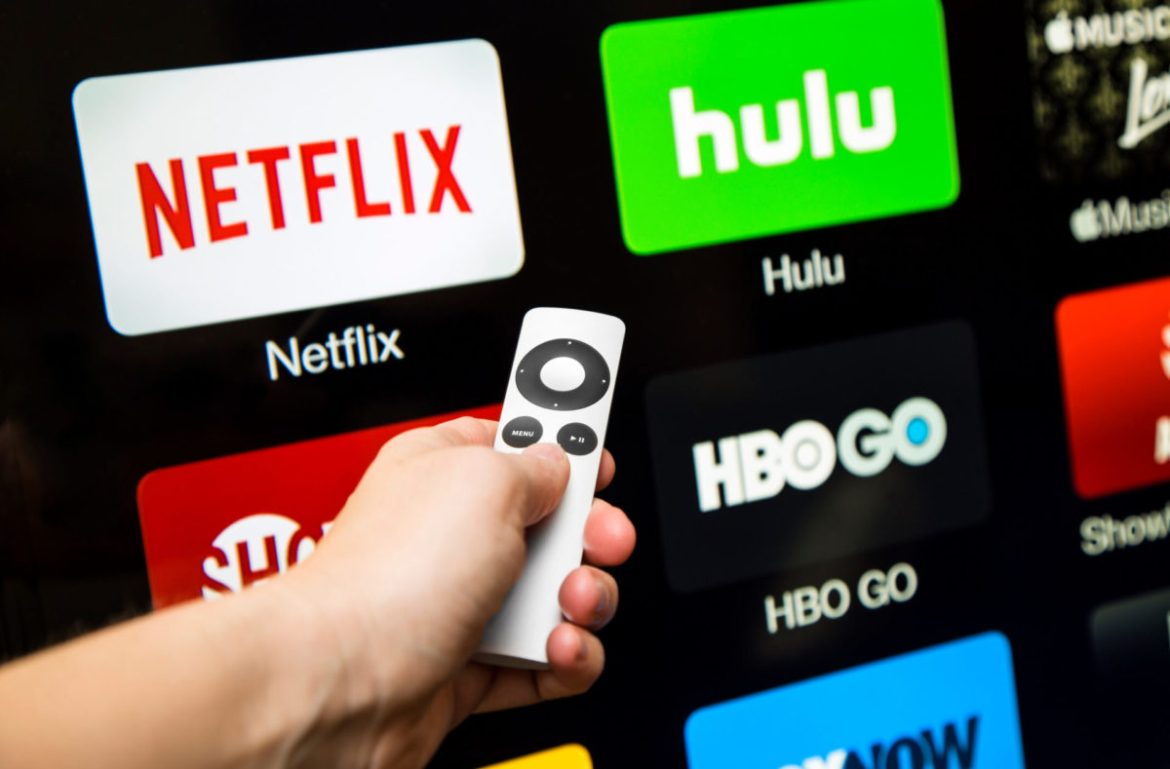Subscription services are now an established part of modern life. Virtually everyone has a Netflix, Amazon, or Disney account, and many millions more pay for fresh veg boxes, monthly shaving kits, and online coaching services.
Of course, none of this comes free. Subscriptions can be expensive when you add up all the costs over a year.
That’s where this article can help. We look at how you can save money on your subscription services and keep more cash in your bank. It turns out you really can have your cake and eat it too.
Here’s what to do:
Use Bundle Offers
First, you’ll want to look for any bundle offers you can leverage. These lower the price of individual services, keeping expenses down.
For example, some mobile phone networks combine your regular tariff with streaming subscriptions, internet broadband, or gym membership. You can also go to media outlets and ask them to bundle things for you.
Pay Annually
Another way to save money is to pay subscriptions annually, not monthly. If you pay every month, there’s a risk for vendors because you can cancel at any time. However, that risk goes away if you pay the entire year upfront, meaning many brands are willing to offer lower prices.
You can try this trick with virtually any subscription service you can think of. Streaming services, Amazon Prime, and VPNs all offer it. You can even use it for business services.
The cost, of course, is that you’ll have less money in your pocket today. But that’s okay if you plan your finances properly. Long-term, you should wind up with a healthier bank balance.
Use Free Alternatives
You can also save on subscriptions by using free alternatives. For example, you could save money on TV shows with Roku or Freeview instead of relying on Netflix. You could also listen to YouTube audiobooks instead of paying Audible, or use YouTube Music over a Spotify subscription.
Free alternatives have limitations and most come with ads. Many also have limited libraries and lower-quality media. But the upside is the savings: they don’t cost you anything.
Sometimes you can combine free and paid services. For example, you might use Rakuten TV and then pay out-of-pocket for movies you want to watch with friends. Over the months, this approach works out cheaper than buying a subscription.
Compare Prices
Comparing prices is another top tactic to save on subscription services. Some vendors offer cheaper options than others.
Most subscription services will list their prices on their websites. However, brands will also offer discounts via third parties that might be better value.
Some sites like TechRadar, and CNET show you subscription pricing options side by side. These let you compare pricing and features directly to decide which is best for you.
Use Free Trials
Using free trials can also lower your subscription costs. Trying a service for a month before you sign up can be an excellent way to discover whether it’s the right choice for you.
Of course, free trials end quickly – usually within 7 to 30 days. But you can rotate them. Multiple brands let you evaluate their services for free before you move on to the next.
Downgrade Your Plan
Downgrading your plans may lower your costs further, keeping your bills in check. The quality of service you get won’t be as high, but you should still enjoy the basic functionality you want.
For example, Amazon lets you downgrade Prime to basic membership (from premium) but you have to sit through ads whenever watching Prime TV. VPNs offer similar pricing structures. Premium packages often let you hook more devices up to virtual private networks and store media in secure cloud lock-ups. Entry-level pricing doesn’t add these perks but protects you from internet prying.
Try downgrading your plan for a month and see how you get on. While it might be a little annoying, it can also be liberating when you have a healthier bank balance at the end of the month.
Share Accounts
Subscription services are trying to stop people from sharing accounts – and they are getting better at it. However, they aren’t perfect. And that means that there are still opportunities to save money. For example, you could pay for an Audible account and your friend could subscribe to Amazon Prime.
Sharing accounts is risky, so ensure you trust the other person first. However, it can make some services completely free. As such, it is one of the best ways to save money because you get the content you want while paying fewer subscriptions (or none at all).
Pause Subscriptions
If you aren’t using a service right now (perhaps because you are working or on vacation), many brands will let you pause your subscription and reactivate it later. It’s not the most helpful tactic but it can spread payments out.
Pausing subscriptions is usually an option in your account settings. Toggle the button to switch payments on and off.
Cancel
The ultimate way to save money on subscription services is to cancel them. And while this suggestion might sound trite, it is surprisingly effective for many people. A lot of subscribers are paying for services they don’t use.
Commentators refer to this phenomenon as “subscription creep.” It’s the idea that people continue paying subscriptions even though they don’t actually use them.
This effect is why many of the world’s most successful companies rely on subscriptions. They know customers seldom cancel them, even if they don’t use their services much.
If you want to cancel your subscriptions, do the following:
- Look up all the subscriptions you currently pay and ask yourself whether you need them
- Review all the services you use and look at how often you access them
- Ask yourself whether your usage justifies the expenditure (many times it won’t)
- Cancel the service in your bank account while avoiding last-minute offers for discounted rates
Wrapping Up
In summary, it’s possible to save on subscription services. However, it requires proper planning. It’s not something that will happen automatically.


